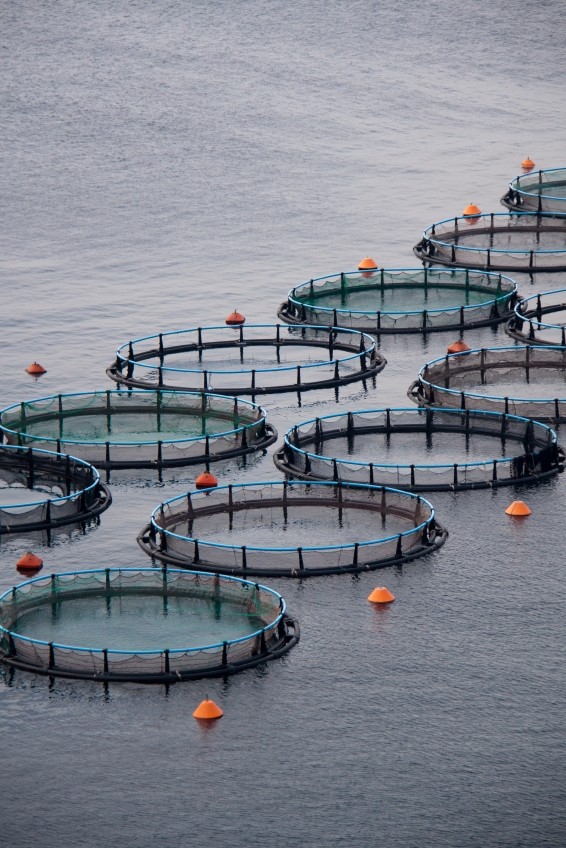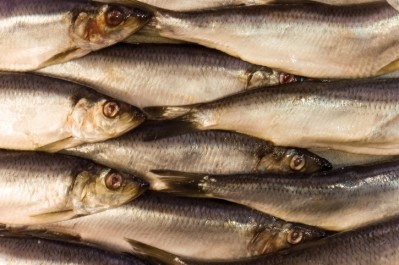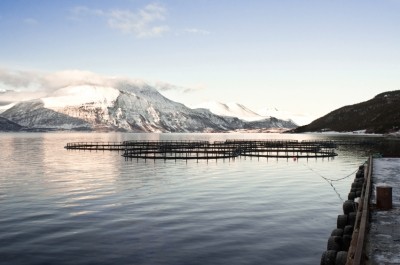Q4 volume hike for fishmeal supplier, Omega Protein, driven by aquaculture, pet and swine feed demand

Imperial Capital analyst, Mitch Pinheiro, commenting on the producer's Q4 and full year 2014 earnings announced this week, told us prices were not a significant driver for growth on the animal nutrition side as the 3% increase in fish meal prices was largely undermined by a 9% dip in fish oil prices.
“And there wouldn’t seem to be any change in demand trends with steady growth seen from aquaculture, pet and swine feed,” he added.
Omega Protein CEO, Bret Scholtes, in an earnings conference call yesterday, said the aquaculture industry remains its largest customer base in the animal feed segment accounting for over half of its 2014 sales.
The pet food industry followed at 22% and the pig sector at 14%.
Financial performance
Revenues for Omega Protein in Q4 2014 were $102 million, up from $66m in the same period last year.
“This reflects a $12 million volume-driven increase in animal nutrition segment revenues as fish oil sales volumes were up 34% and fish meal volumes rose 17%,” said Andrew Johannesen, chief financial officer (CFO), during the same call.
Digging further into the financial results, he said adjusted EBITDA totaled $20 million for Q4 2014, down from $27m in Q4 2013.
“Looking at results for the full year, revenues increased from $244m last year to $309m. Gross profit declined from $83m to $78m and gross margin declined from 33.9% to 25.1%.
The gross margin declines reflected declines in both segments. In the animal nutrition segment, a modest increase in average revenue per ton from $1,355 last year to $1,390 in 2014 was more than offset by an increase in average cost per ton from $867 to $976,” said the CFO.
Yields take a hit
In 2014, the company said it produced 138,000 tons of product - a 27% drop on the previous year.
Although yields contributed to that decline in output, Scholtes said the company had expected a decrease as a result of its “strategic decision” to consolidate fishing operations in the Gulf, which saw the removal of three vessels from its fishing fleet and closure of Cameron Louisiana facility.
In the animal nutrition segment, Johannesen said Omega Protein has entered 2015 with around 50,000 tons of product and inventory, which is “meaningfully less than the elevated level we carried into 2014.”
The CFO said it expects to sell this inventory in the first half of 2015.
“In recent years, we have sold at least 40% of the carryover volumes in the first quarter. As of December 31, we've sold forward approximately 54,000 short tons of fish meal and 14,000 metric tons of fish oil for anticipated 2015 delivery at average prices slightly above those realized in 2014.
We expect these forward contracts to comprise the bulk of sales in the first half of 2015 and to drive segment margins in line slightly above those realized in the second half of 2014,” he added.
Price visibility
He said Omega Protein has much less visibility into the second half of 2015.
“Volumes and unit cost will be heavily influenced by 2015 fish catching yields. To provide some context on production, 2014 yields were close to normal coming in at 2% below the five year average. The 2014 fish catch was adversely impacted by a slow start in the Gulf. More typical fishing in the early season would likely have added roughly 10,000 tons to our 138,000 tons of total 2014 production,” said Johannesen.







